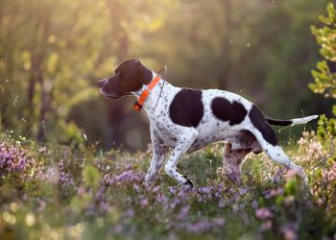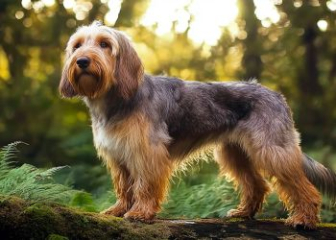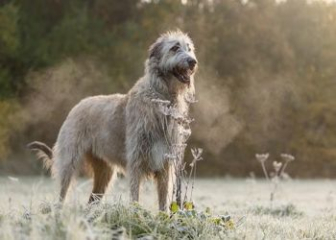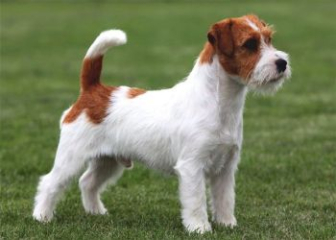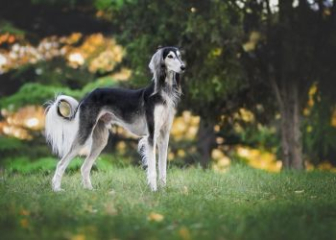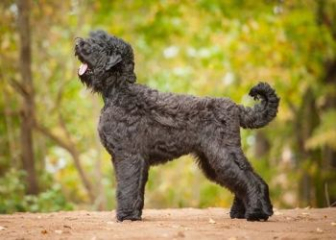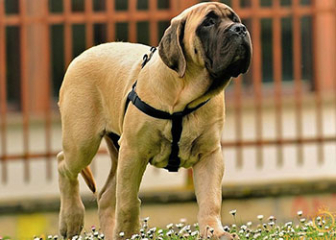Belgian Malinois – The Bravest Warrior among Dog Breeds
Blog | by
The Belgian Malinois, also known as the Belgian Shepherd Dog, is one of the most loyal, intelligent, agile, and protective dog breeds in the world.
Belgian Malinois dogs are widely regarded as elite working dogs, commonly employed by police, military forces, rescue teams, and special units due to their intelligence, agility, and courage.
If you want to learn more about the Belgian Malinois, please continue reading this detailed article provided by Dog breed!
Where does the Belgian Malinois originate from?
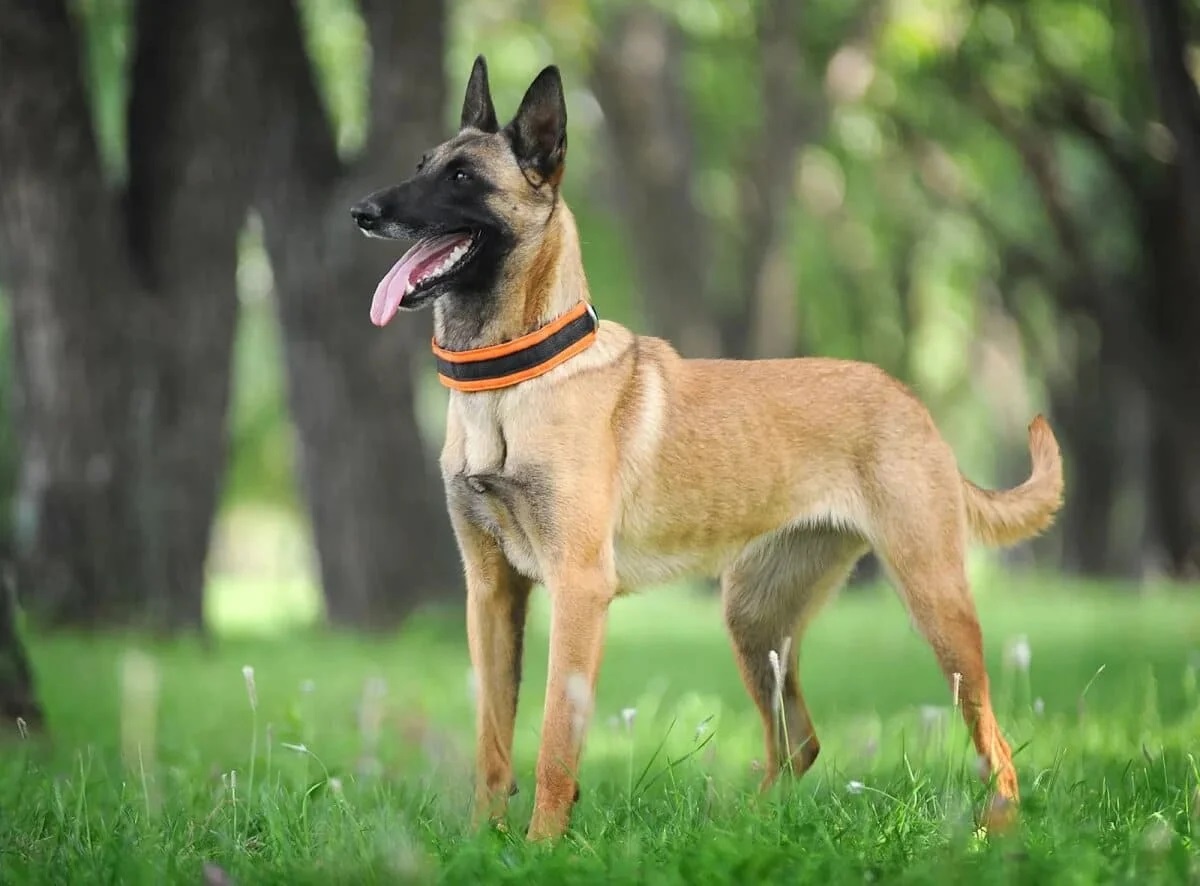
Belgian Malinois, also known as Belgian Shepherd Dog
The Belgian Malinois is one of four types of Belgian Shepherd Dogs, originating from Belgium in the 19th century. The name "Malinois" comes from the city of Malines (Mechelen), where this breed was developed.
Development History of the Malinois
-
The Malinois was developed in 1885 by crossing German Shepherds with local herding dogs, aiming to create an effective herding and livestock guardian breed.
-
In 1898, the Malinois was officially recognized as a distinct breed.
-
In 1901, the Malinois was registered with the Belgian Royal Kennel Club (Société Royale Saint-Hubert - SRSH).
-
During World Wars I and II, Malinois dogs served as messengers, guards, and rescue dogs, searching for wounded soldiers on battlefields.
-
After the wars, due to their intelligence and sharp instincts, they continued to be trained specifically for police and military service.
-
Today, Malinois dogs are not only popular in Belgium but have gained global recognition in various fields, including police, military, working dog roles, canine sports, and family companionship.
Physical Characteristics of Belgian Malinois (Belgian Shepherd Dog)
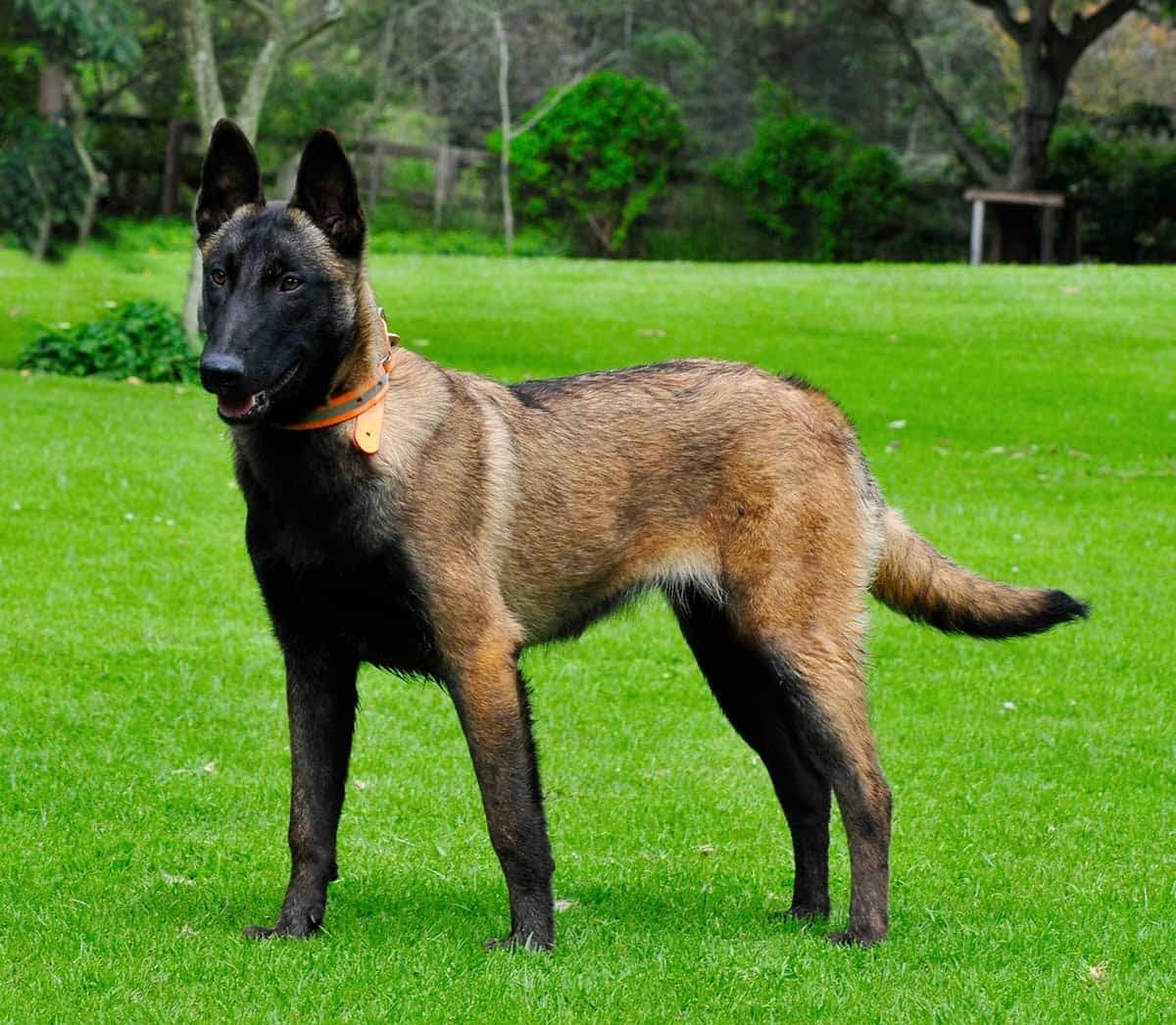
Physical Characteristics of Purebred Belgian Malinois
The Belgian Malinois is a shepherd breed with a strong, muscular body, sharp gaze, and a distinctive black mask on its face. Let's take a closer look at the detailed characteristics of a purebred Belgian Malinois:
-
Height: Males from 61–66 cm; females from 56–61 cm.
-
Weight: Males from 25–30 kg; females from 20–25 kg.
-
Head: Neat, wedge-shaped.
-
Eyes: Oval-shaped, dark brown, with a very intense, sharp expression.
-
Ears: Pointed triangular shape, erect.
-
Muzzle: Long, straight, and proportionate.
-
Nose: Black with wide nostrils, excellent sense of smell.
-
Teeth: Sharp, scissor bite.
-
Body: Compact, muscular, athletic.
-
Chest: Deep, moderately broad.
-
Back: Straight and strong, unlike the slightly curved back of German Shepherds.
-
Abdomen: Slightly tucked-up.
-
Legs: Long, straight, muscular; small, compact paws with strong nails.
-
Tail: Moderately long.
-
Coat: Short, dense, close-fitting to the body, water-resistant.
-
Coat Color: Fawn, reddish-brown; with a distinctive black mask on the face, black ears, and muzzle. The coat is lighter in color around the belly and tail.
-
Gait: Agile, graceful yet powerful.
Temperament of the Belgian Malinois
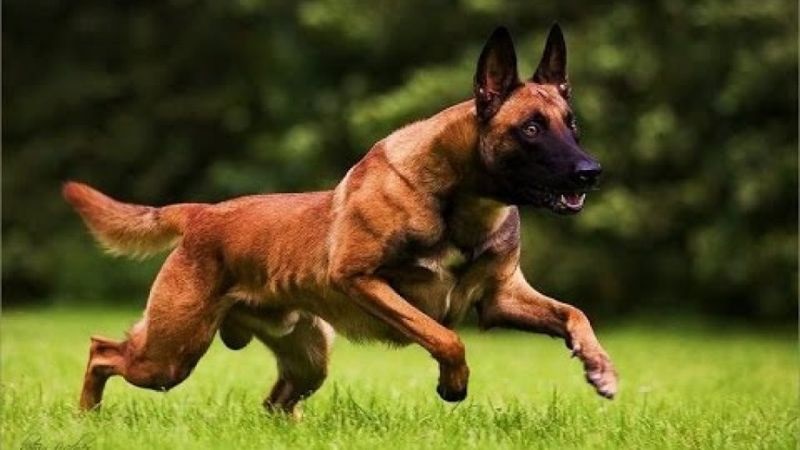
The Belgian Malinois is brave and agile
Known for their exceptional intelligence and work ethic, Belgian Malinois dogs possess some of the best working instincts in the world. Let's explore their distinctive personality traits below:
Highly Intelligent
The Malinois is an extremely intelligent breed, quickly learning and mastering commands typically after just 3–5 repetitions. They can even independently make decisions in high-pressure or dangerous situations.
Strong Work Ethic and Dedication
The Belgian Malinois excels as a working dog and genuinely enjoys having tasks. They thrive in roles such as search-and-rescue, protection work, herding, or canine sports. Without sufficient work or activities, they can become bored and destructive.
Sharp and Highly Responsive
Malinois are incredibly alert, aware of their surroundings, and possess lightning-fast reflexes. They can detect danger from afar, often barking to alert their owner. These qualities make them ideal guard and protection dogs.
Energetic and Active
Malinois have abundant energy and love to run, jump, and explore. They dislike inactivity, and if confined or left idle for too long, they can become restless, vocal, or even destructive.
Courageous and Fearless
Belgian Malinois dogs are known for their bravery, never hesitating when faced with danger. They are always ready to defend their owner, making them a preferred choice for police, military, and rescue work.
Proper Care for Belgian Malinois Dogs
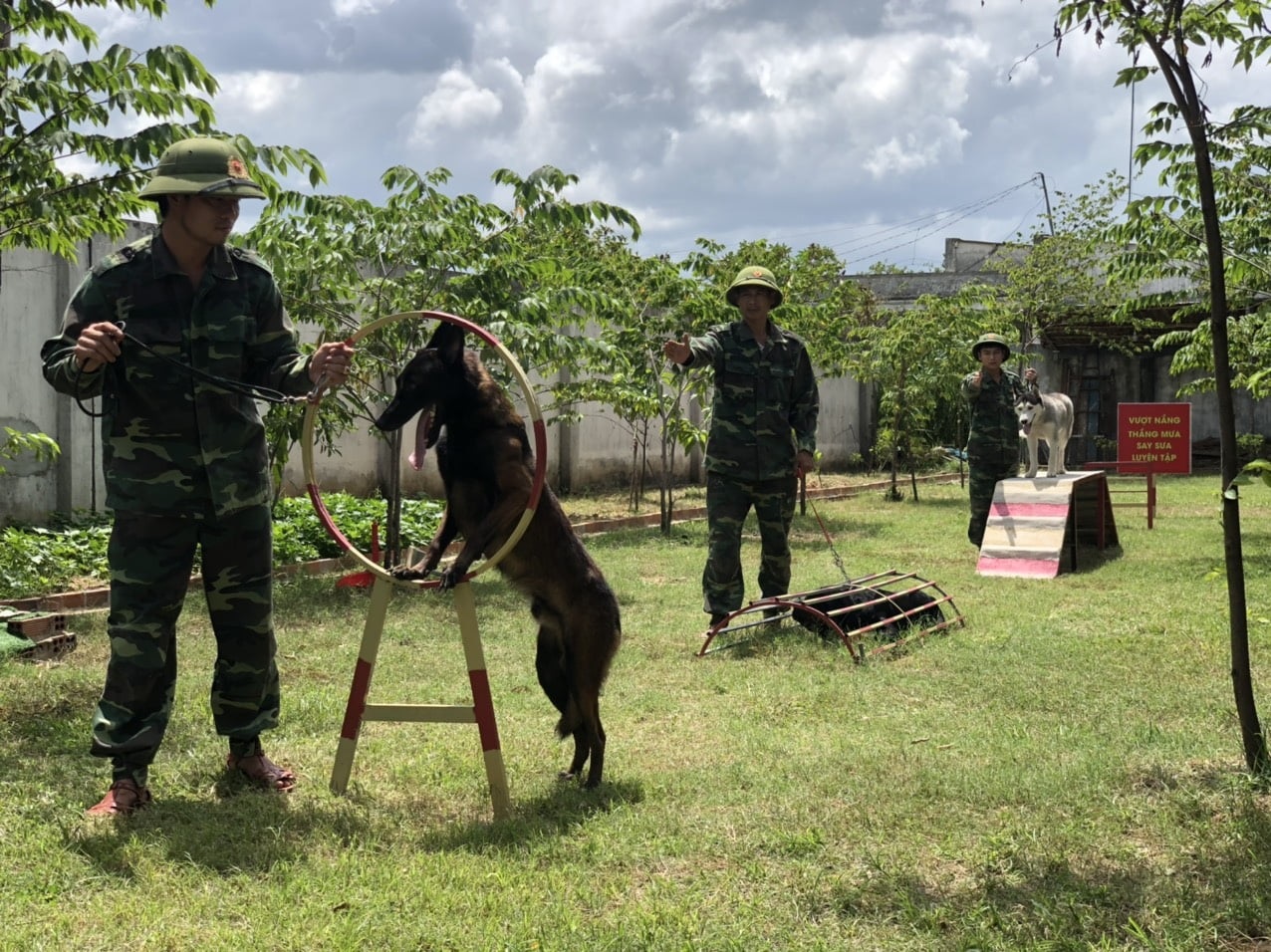
Belgian Malinois dogs are trained in the military
If you’re considering raising a Malinois, here are some important guidelines on nutrition, grooming, exercise, training, and healthcare to help keep your dog healthy and intelligent.
Nutrition for Belgian Malinois
Malinois are highly energetic dogs that require a nutrient-rich diet to maintain their health, energy, and longevity. Detailed recommendations include:
Recommended Nutritional Needs for Malinois:
| Nutrient | Recommended % | Role | Recommended Foods |
|---|---|---|---|
| Protein | 50–70% | Muscle growth and strength | Beef, chicken, pork, fish, organs, eggs |
| Fats | 10–20% | Energy, healthy coat | Chicken fat, fish oil, egg yolk |
| Carbohydrates | 10–20% | Quick energy | Sweet potatoes, veggies, carrots, apples, grains |
| Vitamins & Minerals | 5–10% | Immune system support | Bone broth, plain yogurt, cheese, supplements |
| Fresh Water | Always available | Essential for life | Clean drinking water |
Diet by Age:
-
Puppies (2–6 months):
-
4 meals/day of soft foods, such as porridge, soaked kibble, or puppy formula.
-
Supplements calcium, DHA, omega-3.
-
Boiled eggs (1–2 per week).
-
-
Adults (6 months–5 years):
-
2 meals/day, total daily food = 3–5% of body weight.
-
Rich in proteins, glucosamine supplements (joint health).
-
Regular omega-3, fish oil supplementation.
-
-
Senior Dogs (6+ years):
-
2 meals/day, daily food = 2–3% of body weight.
-
Reduce carbohydrates and fats; increase easily digestible fiber.
-
Glucosamine, omega-3 supplements.
-
Avoid excessive protein and internal organs; no overly hard foods.
-
If fresh food preparation is difficult, premium dog food brands rich in animal protein and low in carbohydrates are recommended.
Grooming and Hygiene Care
Belgian Malinois have short coats with minimal shedding, making grooming relatively easy:
-
Brush coat 1–2 times/week to remove dirt and loose hair.
-
Bathe 1–2 times/month using dog-specific shampoo.
-
Regular ear and dental cleaning.
-
Clip nails as needed to prevent discomfort or injury.
Exercise and Training
Malinois are highly intelligent dogs with considerable energy, requiring frequent exercise and dedicated training:
-
Exercise at least 1–2 hours/day running, tug-of-war, swimming, obstacle courses, etc.
-
Provide structured exercise routines to keep them engaged.
-
Teach basic commands from a young age: sit, lie down, stay, release, come, quiet.
-
Socialize early to ensure friendliness toward people and animals.
-
Always use a muzzle and leash in public places for safety.
-
Training should focus on behavior control and discipline using positive reinforcement techniques.
Vaccinations and Health Checkups
Proper vaccinations and routine health checks will help your Malinois remain healthy and live longer:
-
Essential vaccines 5-in-1, 7-in-1, rabies vaccinations according to veterinarian guidelines.
-
Rabies and 7-in-1 vaccines require annual booster shots.
-
Deworming 1–2 times/year for digestive health.
-
After vaccination, monitor for adverse reactions like prolonged fever, vomiting, or breathing difficulties. Seek veterinary assistance immediately if symptoms occur.
Typical Vaccine Costs (Reference):
| Vaccine | Price per Dose (VND) |
|---|---|
| 5-in-1 | 150,000–250,000 VND |
| 7-in-1 | 200,000–350,000 VND |
| Rabies | 80,000–150,000 VND |
Note: Prices are for reference only; choose reputable veterinary clinics for quality and safety.
Suitable Living Environment
-
Malinois need spacious living conditions, ideally homes with large spaces or gardens enclosed by high fences.
-
Not suitable for small apartments or confined living areas.
-
Ideal temperatures moderate climate around 15–25°C.
-
Living spaces should be spacious and well-ventilated.
Common Health Issues in Belgian Malinois
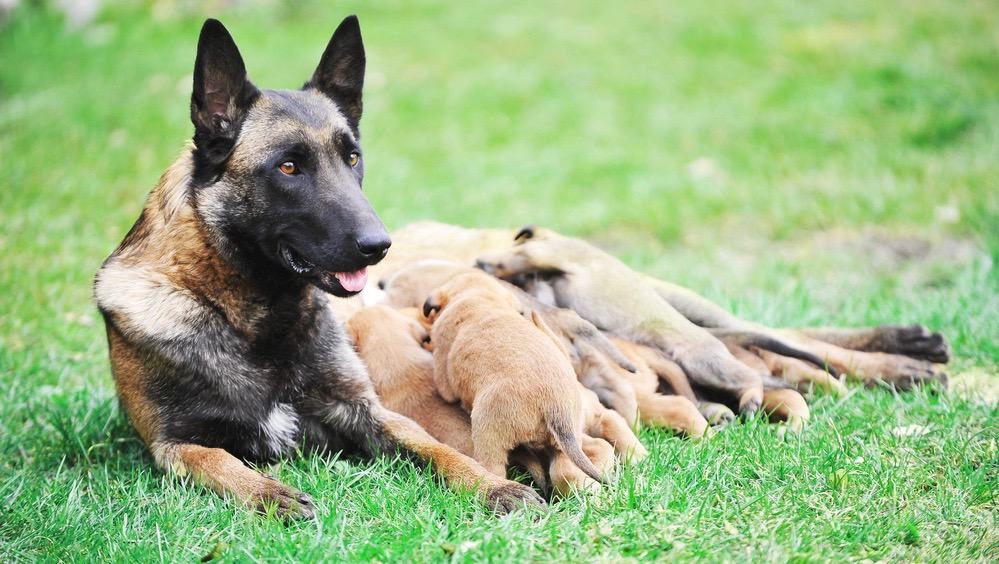
Photo of a Belgian Malinois with its puppies
Like many breeds, Malinois can be prone to certain hereditary or environmental health conditions. Below are some common diseases in Belgian Malinois and how to identify and prevent them:
| Disease | Cause | Symptoms | Prevention & Treatment |
|---|---|---|---|
| Hip Dysplasia | Genetic, calcium-deficient diet, improper exercise during puppyhood | Limping, difficulty standing/sitting, pain in hips/joints | Choose dogs with clear lineage, maintain healthy weight, add calcium & glucosamine, exercise appropriately |
| Epilepsy | Hereditary, brain trauma, infection | Seizures, foaming at the mouth, loss of control | Balanced diet, avoid overstimulation, anti-seizure meds under vet supervision |
| Gastric Torsion (Bloat) | Eating too fast, overeating, vigorous exercise post-meal | Bloated belly, dry heaving, drooling | Feed smaller portions, avoid heavy activity after meals |
| Allergic Dermatitis | Food allergies, poor hygiene, damp environment | Itchy skin, scratching, biting, red rashes, odor | Regular grooming, flea/tick prevention, maintain cleanliness |
Belgian Malinois Price Guide in Vietnam
Pricing varies depending on origin, age, paperwork, and physical features. Here’s a general overview:
| Origin & Characteristics | Price Range (VND) | Notes |
|---|---|---|
| Puppies (2–6 months, locally bred) | 6 – 9 million | Varies based on appearance, coat color |
| Puppies with VKA registration | 15 – 20 million | Full documentation, good health |
| Adults with VKA registration | 25 – 30 million | Purebred, great appearance, strong health |
| Imported from Thailand | 49 – 60 million | High-quality, purebred |
| Imported from Europe | 90+ million | 100% purebred, excellent quality and health |
Tips for Choosing a Belgian Malinois
To choose a top-quality Malinois in terms of both appearance and health, consider the following:
-
Choose reputable breeders: Ensure breed quality, fair pricing, and proper support/warranty.
-
Check documentation: Review lineage and vaccination history.
-
Inspect health and appearance: Avoid dogs with visible deformities or health issues.
-
Know your purpose: For a pet or guard dog, local Malinois may suffice; for working dogs, consider fully documented imports.
Comparison: Belgian Malinois vs. German Shepherd
| Feature | Belgian Malinois | German Shepherd |
|---|---|---|
| Size | Smaller, leaner | Larger, heavier |
| Coat | Short, close-fitting | Long, thick, more shedding |
| Color | Fawn or reddish-brown with black mask | Black & tan, black & red, or all black |
| Back | Straight | Slightly curved, sloped |
| Build | Muscular, athletic | Larger frame |
| Speed | Faster, more endurance | Slower than Malinois |
| Working Instincts | Extremely sharp, ideal for high-intensity tasks | Strong but more focused on guarding |
Beautiful Belgian Malinois Photos
Below is a curated collection of stunning Belgian Malinois images—feel free to browse and admire these magnificent dogs!
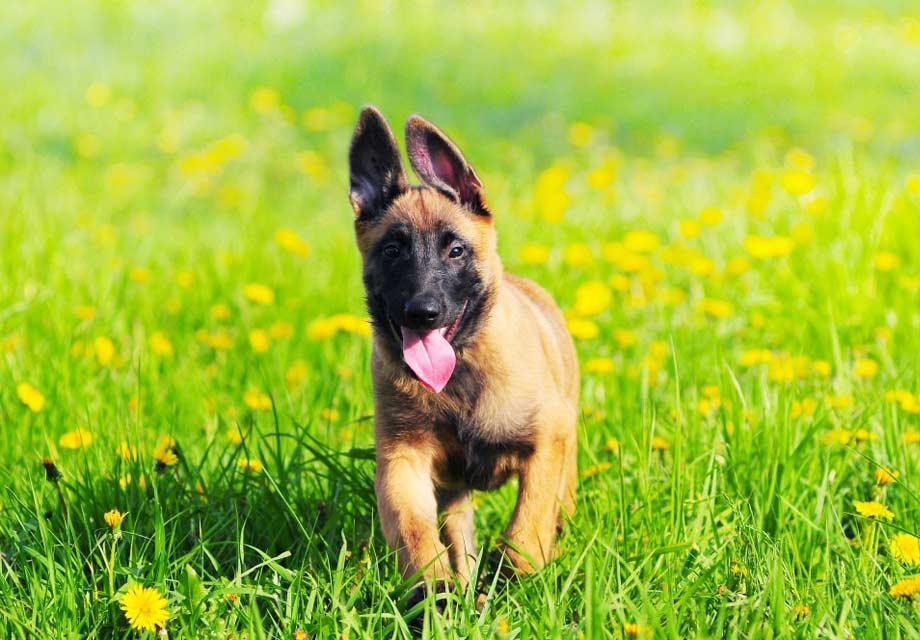
An adorable 2-month-old Malinois puppy.
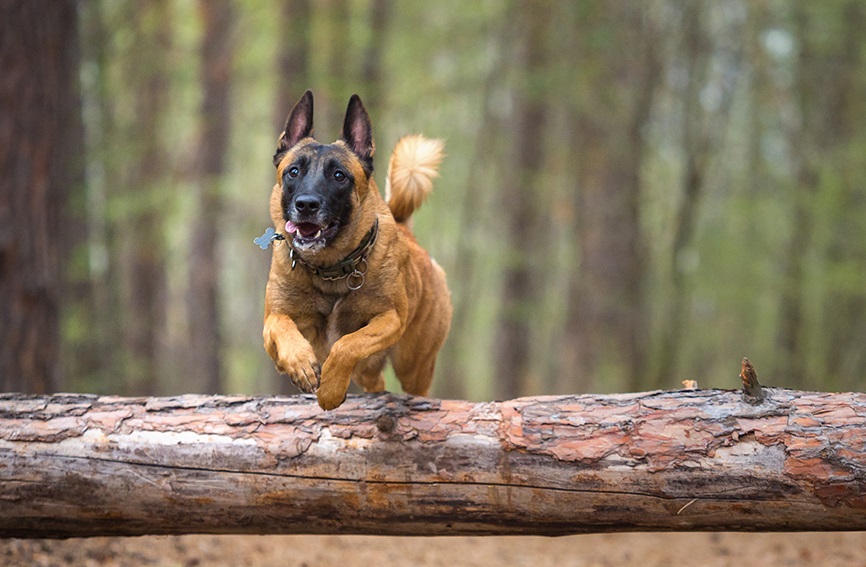
A Belgian Malinois jumping over a log.
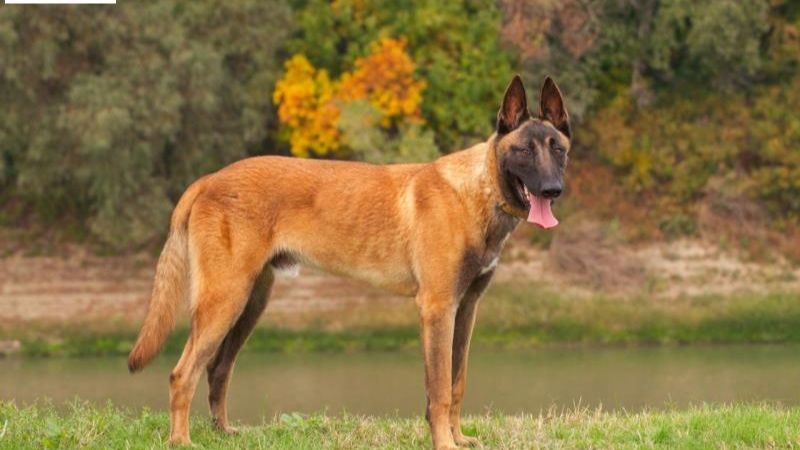
A purebred Belgian Malinois with a dark fawn-colored coat.
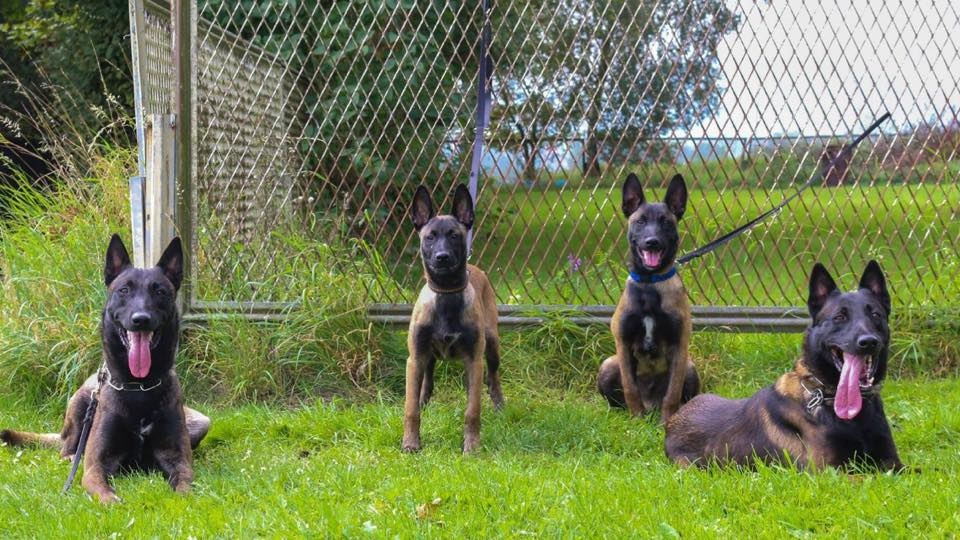
Belgian Malinois dogs with their bold, powerful appearance
Through the article above, dogbreed.wiki has provided readers with a comprehensive overview of the Belgian Malinois (Becgie Bỉ) — one of the world’s most intelligent, agile, and loyal dog breeds. If you're looking for a brave and reliable companion, the Malinois is definitely a breed worth considering.
Goodbye for now, and we look forward to seeing you again soon in upcoming Blog posts where we'll continue exploring more amazing dog breeds!

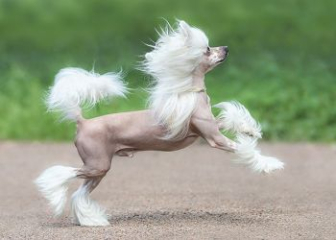
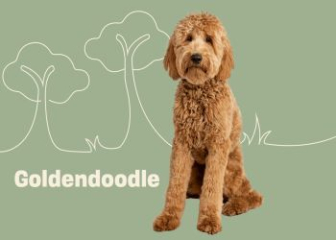
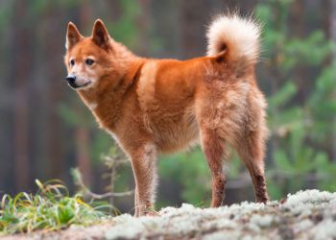

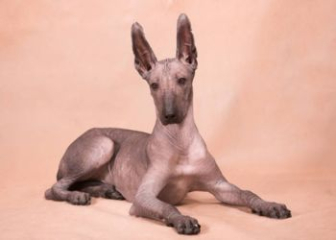
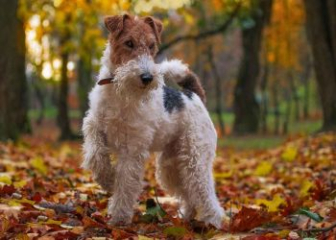


_350x250.jpg)

